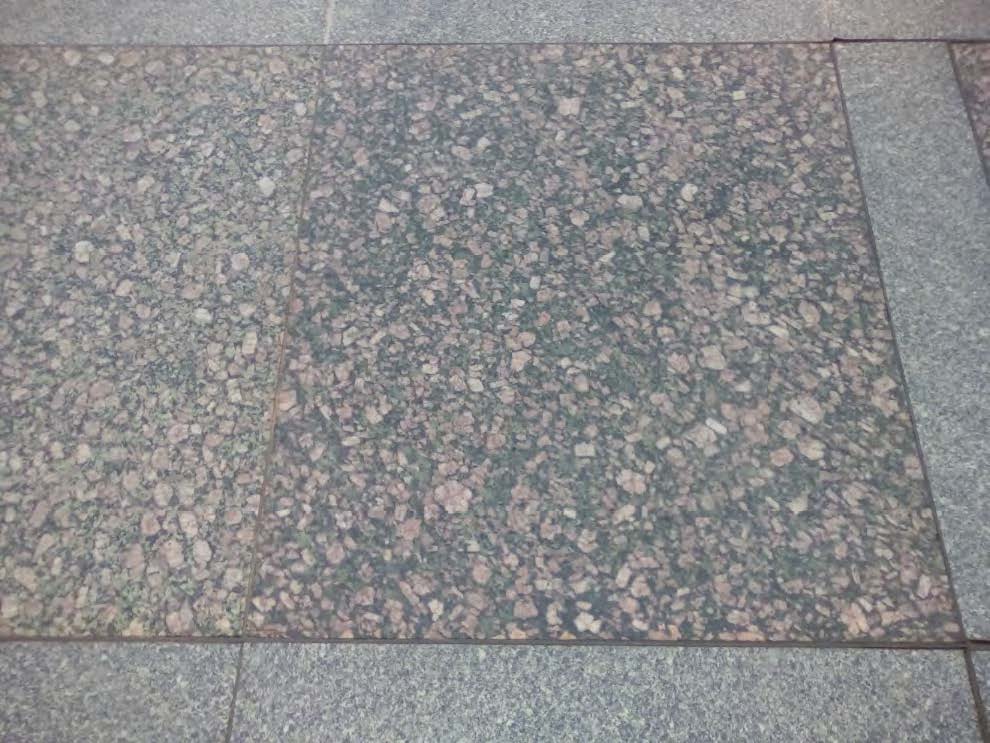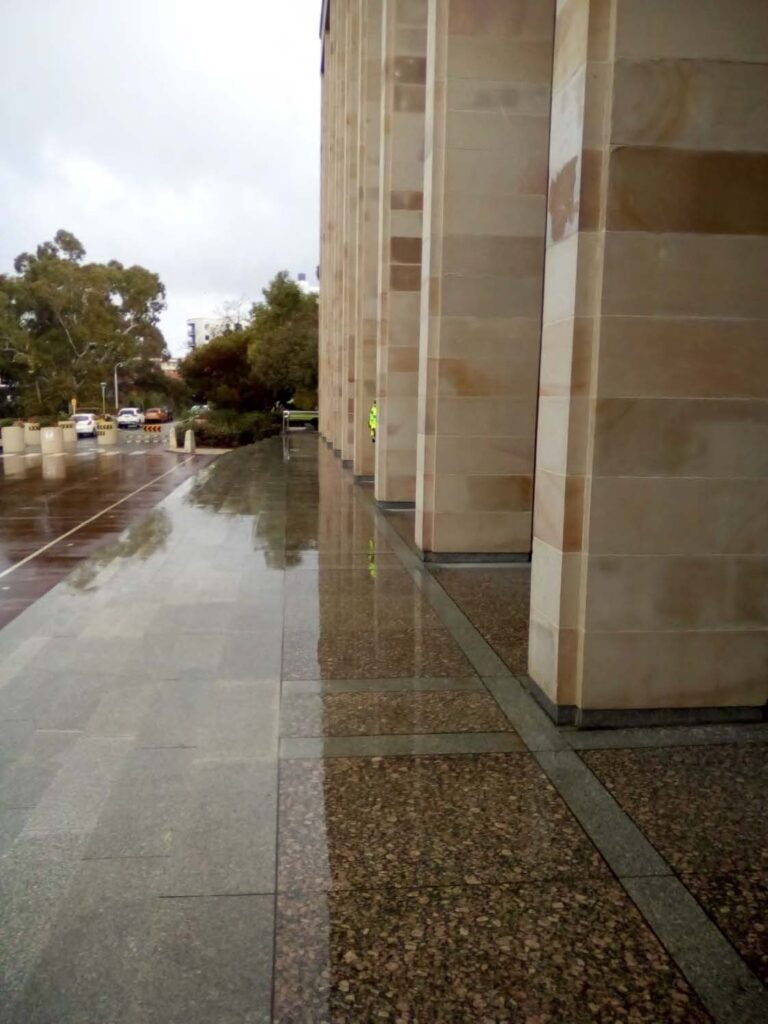
Author: Peter Williams, NRG Steering Committee member
Extract from National Rock Garden Newsletter No. 18, October 2019
Rock name: Namban Granite
Location: Mid-West region, Western Australia
NRG significance: Building stone, decorative stone, spectacular visual impact
Geological significance: Excellent example of rare granite types and mineral crystals
Utility: An excellent dimension stone with export and domestic economic potential
Significant example: Western Australian Parliament foyer
The Namban locality is situated about 10 km south of the town of Watheroo in the Central Wheatbelt of Western Australia, in the Shire of Moora.
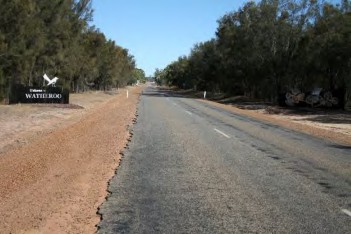
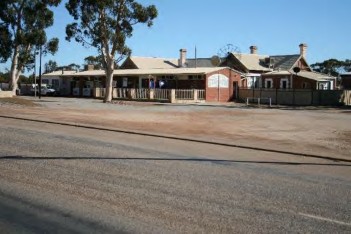

The geology of the area is dominated by granite batholiths and smaller intrusions (plutons), one of which, the Namban Granite, is named after the locality of Namban (see location map). The pluton extends north from Namban and through Watheroo, and comprises dominantly coarse to very coarse-grained rocks with monzogranite, monzonite and quartz syenite compositions. These rock names refer to different types of granite according to the proportion of potassium feldspar (orthoclase) to sodium and calcium-rich feldspars (plagioclase), and on the total proportion of quartz in the rock to other constituents. A monzogranite has about equal proportions of orthoclase and plagioclase and more than 20% quartz; a monzonite is similar but with less than 5% quartz; whereas a quartz syenite has 5%-20% quartz and more than 90% of the feldspar is a potassium feldspar.
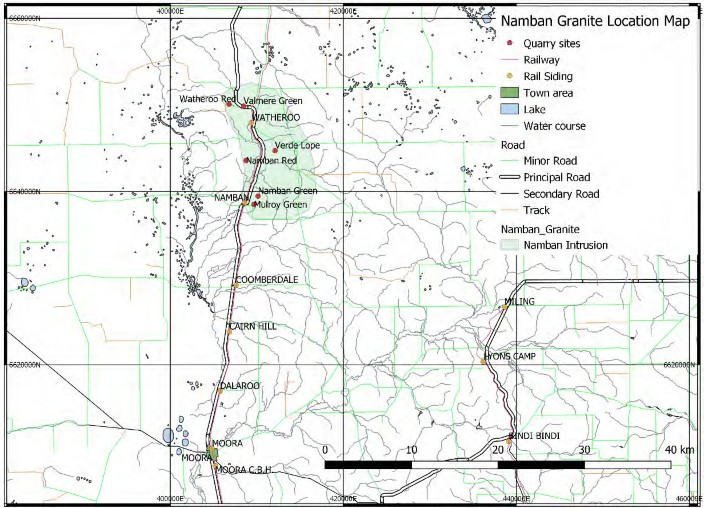
Six quarries have been opened up in the Namban Granite, and all have been described in the Geological Survey of Western Australia Mineral Resources Bulletin 24 on Dimension Stones of the Southern, Central Western, and Northern Regions by J.M. Fetherston. The location of these quarries is shown on the location map. The name of the quarries comes from the visual character of the rocks; Mulroy Green is the name of a dimension stone from the Donegal granite in Ireland, which may be the origin of the name. Valmere Green is the colour of green dinnerware prized in the 1950’s.
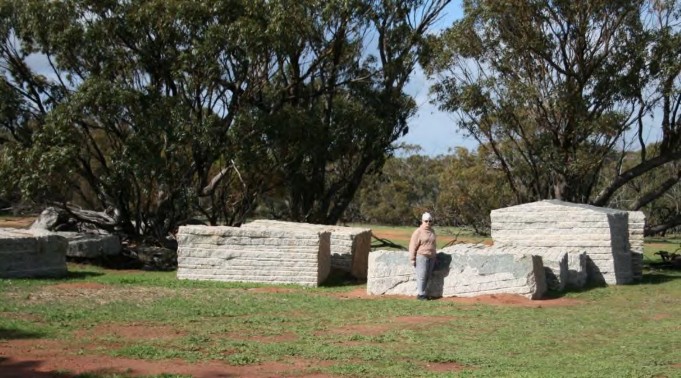
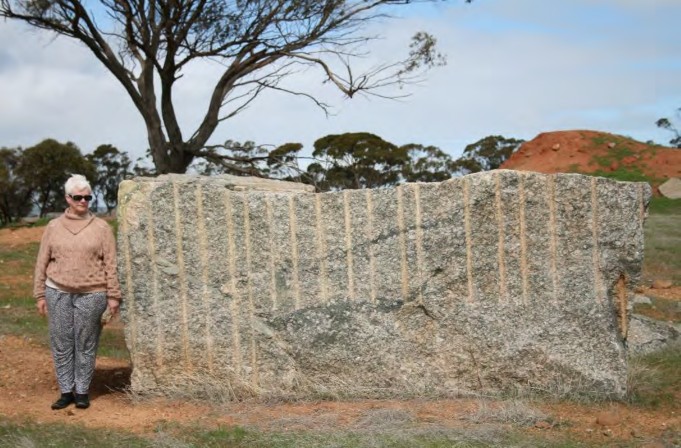
The age of the Namban intrusion is Neoarchean. Three radiometric age determinations for Verde Lope quarry samples show ages of 2638 Ma, 2643 Ma and 2646 Ma, recorded in the Geoscience Australia geochronology database. Interestingly, these ages are similar to syenite and other late Archean small plutons that occur over vast areas of the Yilgarn Craton in southwest Western Australia. These rocks were intruded by dolerite dykes which form prominent ridges in the landscape of the region, and are overlain by Proterozoic Moora Group sedimentary rocks, mainly quartzite and siltstone.
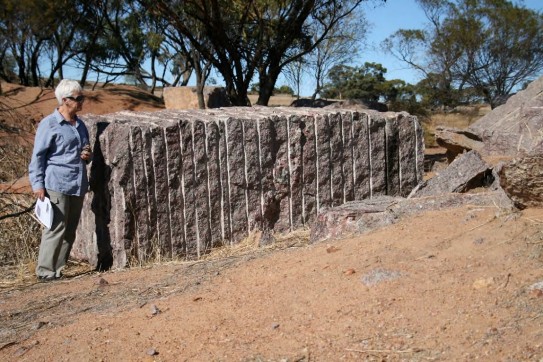
Rock types like those of the Namban intrusion are unusually low in quartz and high in potassium compared to most granite intrusions. They form distinctive patterns in geophysical data, with high potassium and commonly (but not always) a strong magnetic signature. The Namban intrusion can be mapped readily in areas that are underlain by the granite, but where no outcrop can be seen, from the radiometric signature of overlying soils. This is measuring the elevated potassium, which is the main component of the large pink- coloured crystals in the outcropping rocks.


